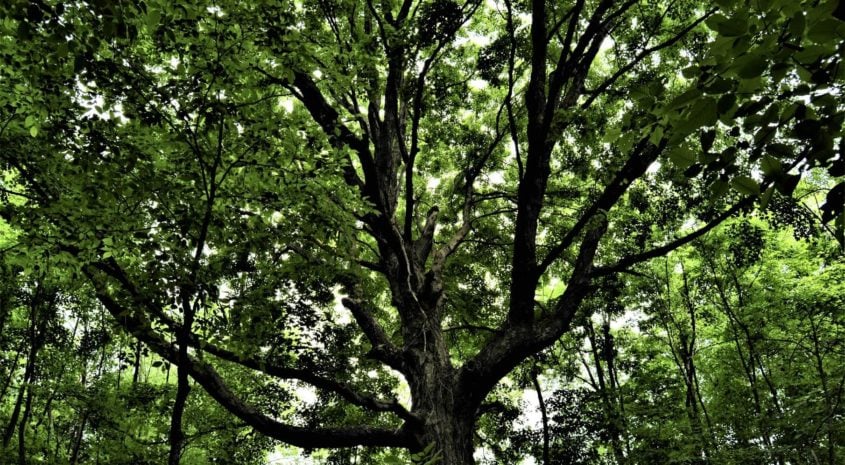Author: Robert Clyde, Land Specialist at United Country Hamele Auction & Realty
If you overheard someone talking about the government, real estate, timber and native plants, you might expect the topic to be centered on a federal land grab. Understandably, many have become cynical about government intrusion into privately owned natural resources. However, there are some highly beneficial programs that support private land ownership and successfully restore trees and native plants.
In 1985, Pres. Ronald Reagan issued an Executive Order dealing with “Federal Real Property Management” giving the U.S. Department of Agriculture and the Interior the authority to preserve and protect land. This action paved the way for programs such as the Managed Forest Law (MFL) and Conservation Reserve Program (CRP), among others, to protect lands from excessive agricultural production.
 How Land Protection Programs Work
How Land Protection Programs Work
While each government program operates under different rules and regulations, the end goal is generally the same. Private properties are underwritten by the government in order to let the land rest and rejuvenate its native vegetation and trees.
Under the CRP, approximately 24 million acres are eligible for a government subsidy through the Farm Bill. Fields, underbrush and forests thrive under 10-year agreements. The influx of cash lets farmers and ranchers rest certain fields or peripheral woodlands they would otherwise be forced to utilize.
Some critics say this is basically paying farmers not to farm. But, keep in mind, financial demands weigh heavy on American farmers and they will till every acre possible to stay afloat. Rather than integrate soil with fertilizer and pesticides, the forward-looking programs protect the environment.
Private Property Owners Can Enroll
But private lands are not necessarily limited to farmers. Other property owners can also agree to not develop land in exchange for government compensation.
Private parties and corporations that own large wooded acres are required to pay taxes on seemingly unused land. In business and personal finance, no one keeps red ink in their ledger for long. In some fashion, those forests and rich fields will be developed for profit unless subsidized. Private property owners outside the agriculture sector may also qualify.
 Real Estate, Environmental Benefits of Government Land Protection
Real Estate, Environmental Benefits of Government Land Protection
The environmental thinking coming out of the Reagan era recognized that capitalism can be put to work saving the environment. The federal government need not make massive land grabs and remove property from private investors. For outdoors people, farmers and entrepreneurs alike, programs such as CRP and MFL have provided these and other benefits.
- Private Enrolled Lands Allow Natural Plant Life to Thrive.
- Enrolled Lands Support Important Wildlife.
- Privately Enrolled Lands are Generally Open to Hunting, Fishing and Hikers.
- Privately Enrolled Real Estate Can Be Profitable for Owners.
Programs that support property owners ability to let lands rest and allow public access are a tremendous boon for outdoors lovers, real estate investors, farmers and nature.




